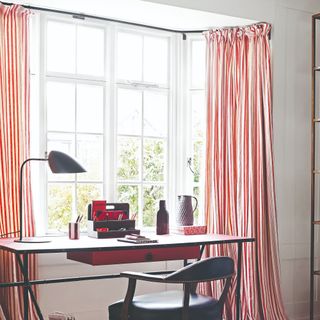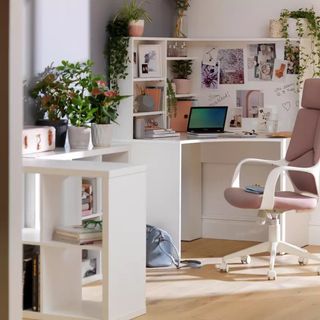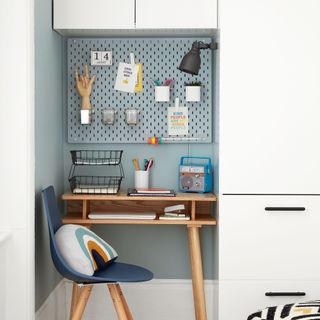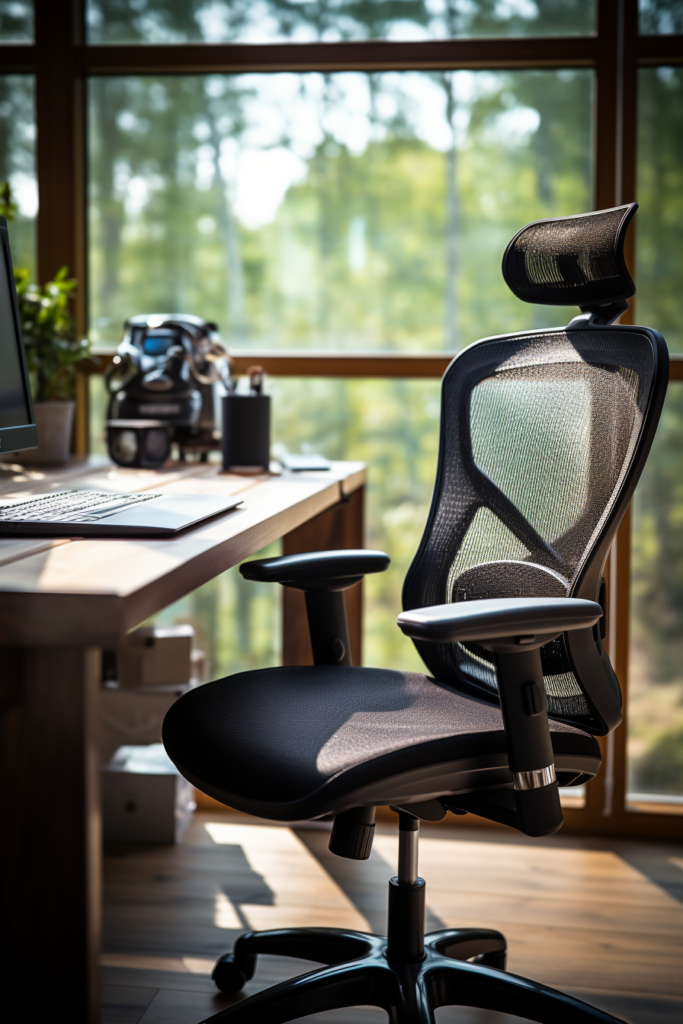In the current landscape of remote work, establishing a functional and stylish home office can be accomplished without extensive resources. Here are key insights and tips on setting up a DIY office using elements you may already have, supplemented by creative solutions.
Utilizing Existing Spaces and Furniture

Start by identifying spaces in your home that can serve as a suitable workspace. Corners of rooms, alcoves, or even converted attic spaces can be ideal for creating small office areas. As source[1] suggests, these under-utilized nooks can often be transformed into efficient workstations. If space is particularly tight, look for areas like the landing or beneath stairs, which can be converted into functional offices with minimal renovation.
Before purchasing new furniture, assess what you already own. Consider repurposing an extra dining table or unused desks as your workspace. Using existing bookshelves or cabinets for storage can also save on costs while maintaining a cohesive look. According to source[2], 'Repurpose furniture and storage solutions you already own' and 'Evaluate what you already own that could serve as a desk and storage.'
Designing the Office Layout

When establishing your workspace, ensure that it is strategically positioned. Natural light is essential, so locate your desk near a window to enhance productivity and reduce energy costs. Source[2] explains that natural light boosts energy and productivity while keeping energy expenses down. If bright light creates glare on your screen, consider using light-blocking window treatments.
Furthermore, optimizing your layout can help define different work zones within a small space. Use rugs, lighting, or shelves to create distinct areas for specific tasks—like computer work versus reading. This approach can minimize visual clutter and enhance focus during work sessions, as highlighted in source[2].
Choosing Functional and Stylish Furniture

While it's important to save costs, do not compromise on seating. Comfort is key in a home office. Invest in an ergonomic chair that provides necessary support to prevent back and neck pain during long working hours. Source[2] recommends looking for affordable options at sales or second-hand stores.
For the desk selection, consider multifunctional solutions like foldaway desks or console tables that can double as a workspace. This allows for flexibility in smaller spaces, complying with source[1]'s suggestion of using furniture that can serve multiple purposes.
Infusing Personal Style and Comfort

Your home office should reflect your personal style while remaining functional. Add artwork, motivational prints, or a gallery wall featuring family photos to inspire creativity and provide a pleasant visual break from screens. Source[3] mentions using pieces that evoke positive memories to enhance your workspace ambiance.
Incorporating greenery is another effective way to create an inviting environment. Source[2] states, 'Incorporating plants into your home office boosts creativity, productivity, and mood.' If maintenance is a concern, consider low-maintenance plants or even faux options that simulate the aesthetic without the upkeep.
Smart Storage Solutions

Effective organization is crucial, especially in a small workspace. Utilize vertical space to minimize clutter; floating shelves or tall bookcases can provide ample storage for office supplies without sacrificing floor space. Source[3] stresses the importance of staying organized, stating, 'Clutter is not your friend when space is tight.'
Creating DIY storage solutions can also be a fun and cost-effective way to personalize your office. For instance, consider using pegboards or repurposing crates for organizing stationery and storage. Source[2] emphasizes that 'get creative with storage solutions you can make yourself,' offering a chance to both personalize and optimize your space.
Lighting and Ambiance
Proper lighting can significantly impact your productivity. Natural light should be maximized, but additional lighting may be necessary. Overhead lights combined with adjustable desk lamps provide layered illumination, alleviating eye strain. Source[1] states, 'Good lighting is important,' and advises the use of a combination of natural light, task lighting, and ambient lighting.
Consider using smart light switches to control your lighting environment effectively. This can be particularly beneficial during different times of day or various tasks. Automating your lighting can also help save on energy costs, as noted in source[2].
Conclusion
Establishing a DIY home office doesn’t have to be overwhelming or costly. By utilizing existing furniture, strategically planning your space, and infusing personality into the design, you can create a productive and inspiring workspace that fits your style and needs. Make sure to incorporate smart storage solutions, efficient lighting, and personal touches that resonate with you to enhance your overall work-from-home experience.
Get more accurate answers with Super Pandi, upload files, personalized discovery feed, save searches and contribute to the PandiPedia.
Let's look at alternatives:
- Modify the query.
- Start a new thread.
- Remove sources (if manually added).